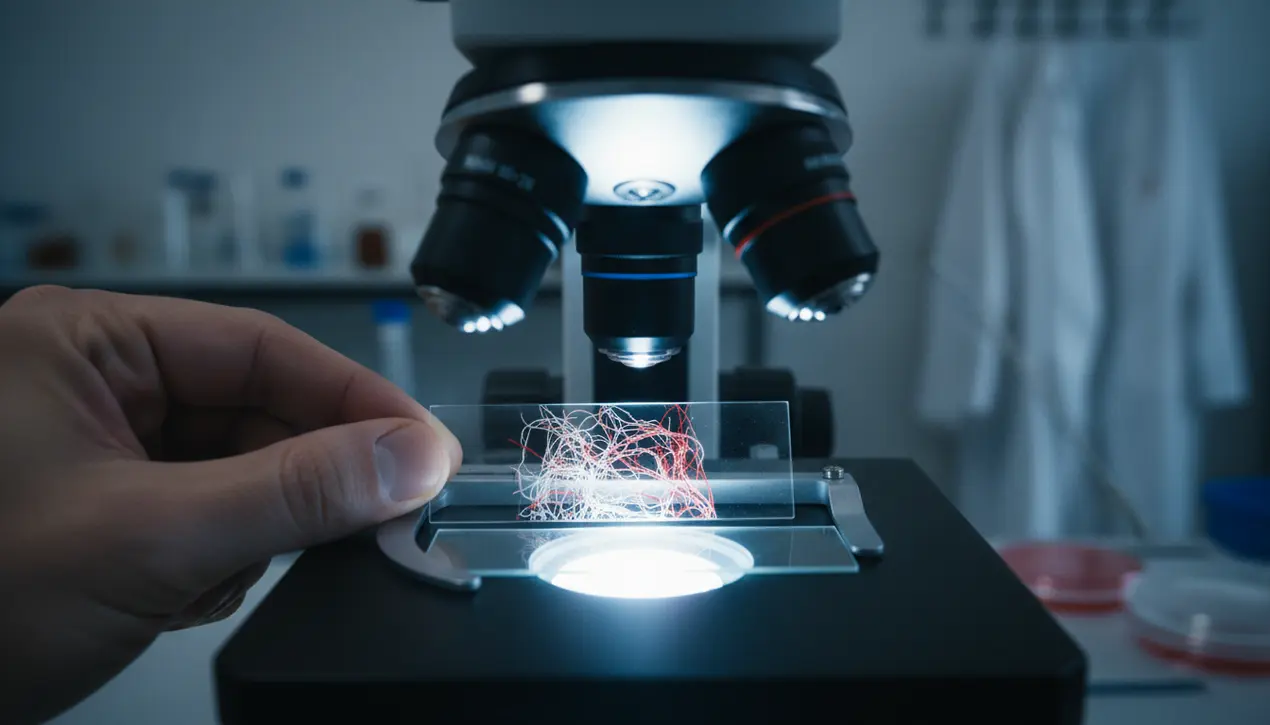
SciencemedicineInfectious Diseases
New Study Explains Lingering Effects of Long COVID.
KE
Kevin White
2 hours ago7 min read
Scientists studying the long-term effects of COVID-19 may have finally pinpointed a key mechanism behind the persistent symptoms collectively known as long COVID, a breakthrough that feels ripped from the pages of a medical thriller. A new study published in the Journal of Medical Virology suggests the culprits are not just viral remnants but a tangible, physical phenomenon: tiny blood clots called microclots and a sticky molecular web they create.This discovery shifts the paradigm from a purely immunological mystery to a vascular one, where these microscopic obstructions linger in the bloodstream, potentially clogging the delicate capillaries that supply our brain and muscles with essential oxygen. The implications are profound, offering a concrete biological explanation for the debilitating brain fog and crushing exhaustion that have baffled clinicians and devastated patients for years.Think of it as a traffic jam at the cellular level; these microclots, composed of inflammatory molecules and misfolded proteins like fibrin, create a persistent barrier to efficient blood flow. This isn't merely theoretical.Researchers, employing advanced fluorescence microscopy and flow cytometry, have visually identified these abnormal clots in the blood of long COVID sufferers, a stark contrast to their absence in fully recovered individuals. The 'sticky web' they refer to is likely an amyloid fibrin(ogen) mesh, a pathological structure that traps other proteins and immune cells, creating a cycle of inflammation and endothelial damage.This is reminiscent of the mechanisms seen in other chronic conditions like Myalgic Encephalomyelitis/Chronic Fatigue Syndrome (ME/CFS), suggesting a possible common pathway for post-viral syndromes that have historically been dismissed as psychological. The potential consequences extend far beyond a single diagnosis; this could revolutionize our approach to treatment, moving away from generalized symptom management toward targeted therapies like anticoagulant regimens or fibrinolytic agents designed to safely dissolve these obstructions.It also raises critical questions about the long-term cardiovascular and neurological risks for millions of survivors, potentially placing a hidden burden on healthcare systems for decades. The work of researchers like Prof.Resia Pretorius, who has been pioneering this line of inquiry, provides a much-needed foothold in a landscape of patient frustration and medical ambiguity. This is the future of medicine in action—using next-gen diagnostics to solve a next-gen health crisis, bridging the gap between a novel virus and its lingering, life-altering shadow.
#long COVID
#microclots
#blood clots
#brain fog
#exhaustion
#medical research
#virology
#featured
Stay Informed. Act Smarter.
Get weekly highlights, major headlines, and expert insights — then put your knowledge to work in our live prediction markets.
Related News
Comments
Loading comments...
© 2025 Outpoll Service LTD. All rights reserved.